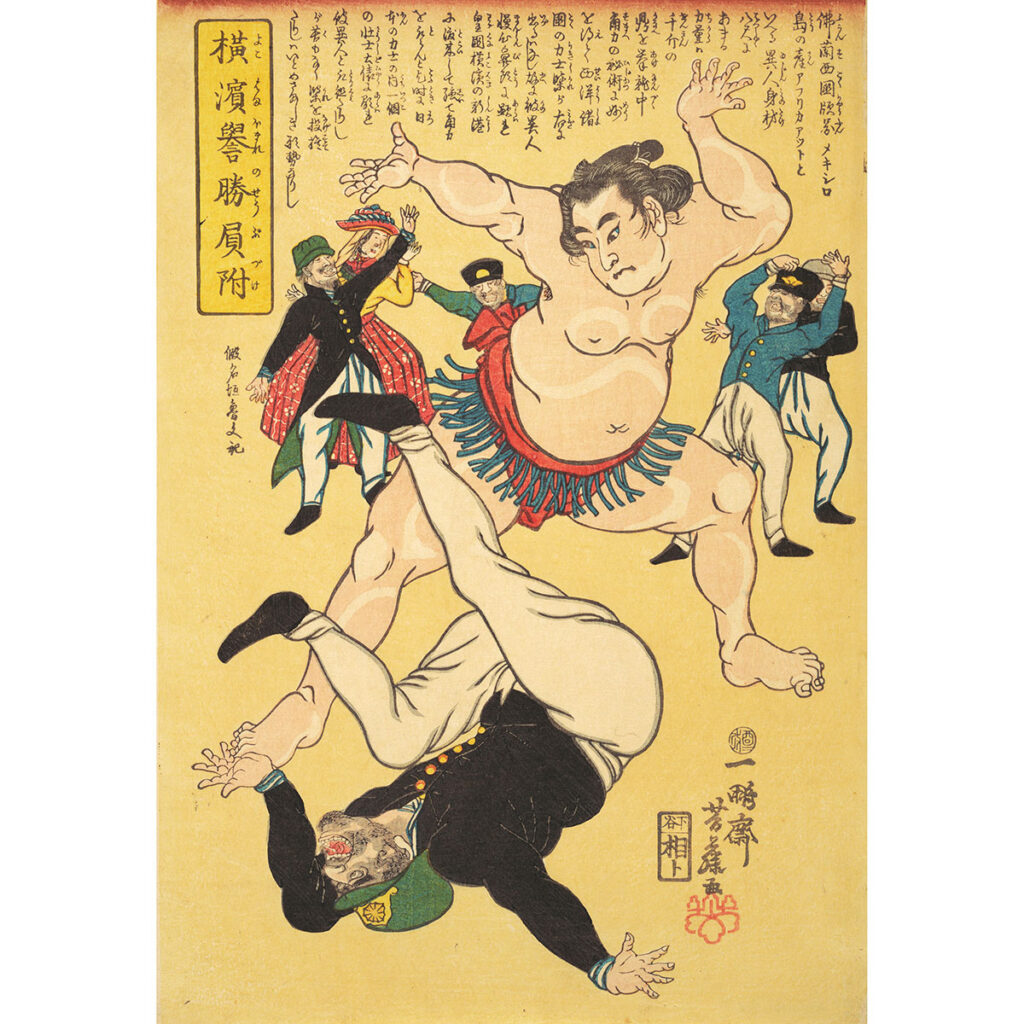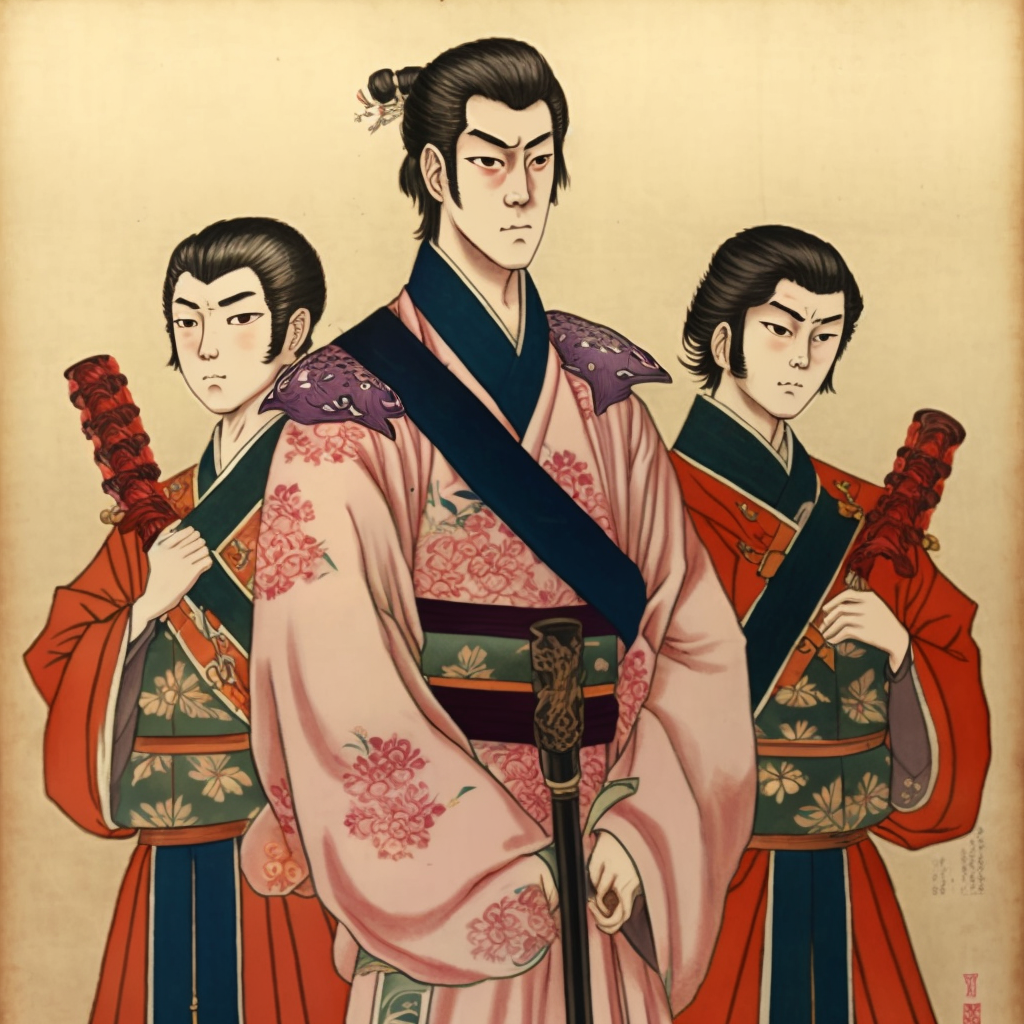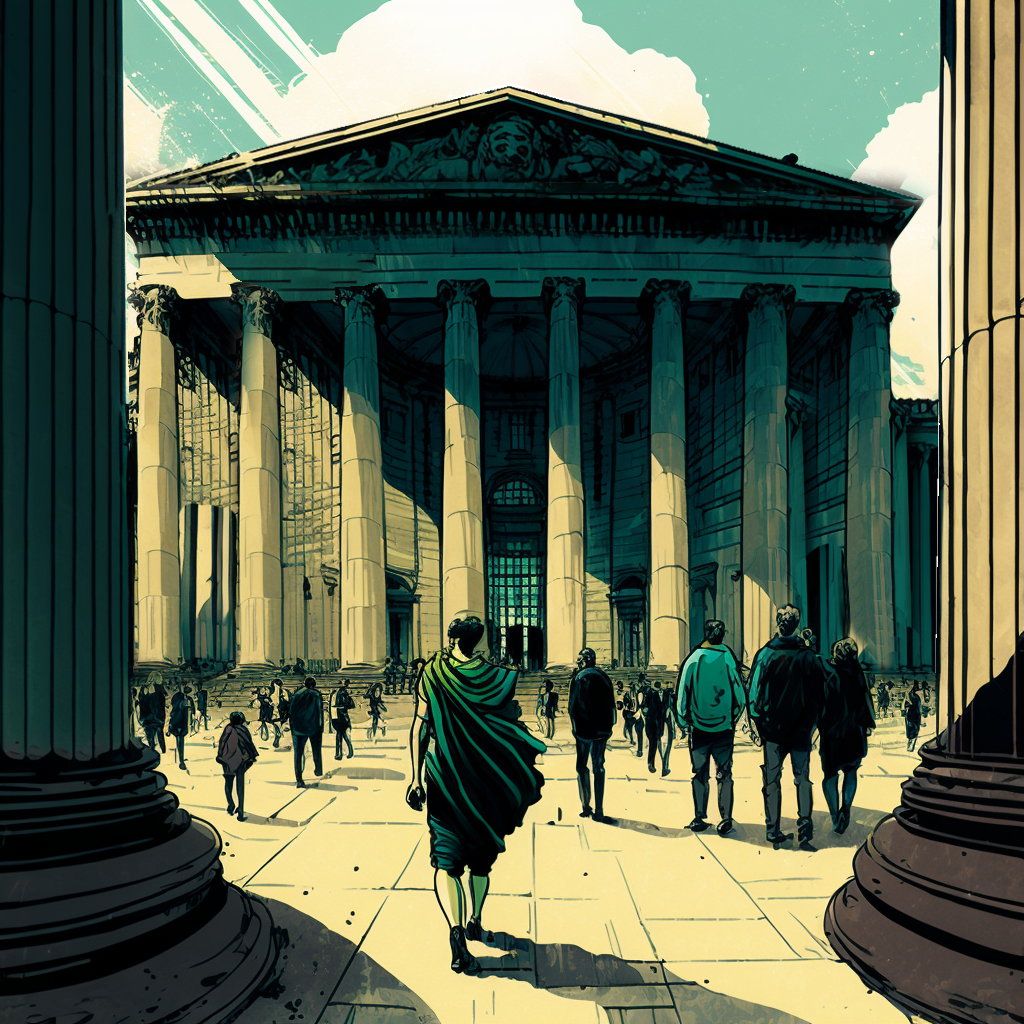The Sonnō Jōi is a motto that resonates throughout the history of 19th century Japan. It embodies a political and patriotic rallying cry. This phrase, meaning “Revere the Emperor, Expel the Barbarians,” reflects a time of political upheaval and revolutionary movements. This article explores in detail the historical context, ideals, and consequences of Sonnō Jōi in Meiji-era Japan.
Sonnō Jōi: Historical Context
Sonnō Jōi emerged during the Edo era (1603-1868), a period when Japan was ruled by the Tokugawa shogunate. The arrival of Western ships, led by American Admiral Matthew Perry in 1853, marked a decisive turning point. The Japanese face the reality of their isolation in the face of a growing foreign power.
Forced Openness and Popular Discontent
The signing of the Treaty of Kanagawa in 1854 opened Japan to trade with the United States, along with other similar treaties with other nations. This treaty caused discontent among the samurai and the general population. The perceived humiliation of Japan’s forced opening to foreigners arouses nationalist and anti-foreign sentiment.
Sonnō Jōi and its Emergence
Sonnō Jōi became a rallying cry for those who advocated the overthrow of the Tokugawa shogunate. They also advocated the restoration of imperial power and the expulsion of foreign influences. Proponents of these ideals call for the end of the Edo era and the beginning of the Meiji era. This marks, moreover, a major turning point in the history of Japan.
The Meiji Restoration
In 1868, the movement found its echo in the Meiji Restoration. It was a political movement that saw the restoration of imperial power under Emperor Meiji. The reforms that followed radically changed the political, social and economic structure of Japan. They are thus modernizing the country to face pressure from the West.
Consequences and Legacy
Although the Sonnō Jōi played a crucial role in the Meiji Restoration, it also led to internal conflicts and power struggles. The effort to expel foreign influences, however, has encountered complex realities. This thus highlighted the challenges of Japan’s rapid modernization. Sonnō Jōi continues to influence the collective consciousness in Japan. It symbolizes the tumultuous period of the end of the Edo era and the beginning of the Meiji era. It is often remembered in popular culture, literature and media, as a symbol of the struggle for national sovereignty.
Conclusion
Sonnō Jōi remains a captivating chapter in Japanese history, where the ideals of reverence for the emperor and the expulsion of barbarians shaped the destiny of a changing nation. This rallying cry, while leading to significant change, also highlights the tensions and challenges inherent in the encounter between tradition and modernity.



